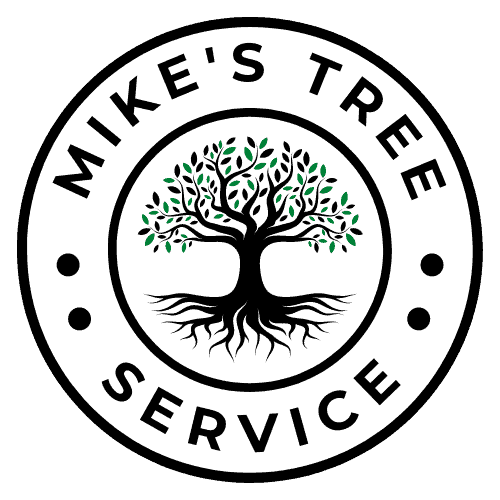What Is Plant Health Care?
The objective of Plant Health Care (PHC) programs is to maintain or improve the landscape’s appearance, vitality, and — in the case of trees — safety, using the most cost-effective and environmentally sensitive practices and treatments available. PHC involves routine monitoring, preventive treatment, and a strong working relationship between the arborist and the property owner.
Why Plant Health Care, Not Tree Health Care?
While trees are dominant ornamental features in your home landscape, they share this area with turfgrasses, shrubs, and other plants. All these plants are bedded in a common resource: the soil. The roots of trees, shrubs, turfgrass, and bedding plants intermingle and compete for water and nutrients. The roots of a single mature tree may extend well into your lawn or flower beds. Every treatment applied to the lawn (fertilizer and herbicide, for example) can impact the appearance and vitality of a tree.
Conversely, treatments applied to a tree, such as pruning and fertilizing, can influence the appearance and vitality of the underlying turfgrass. The care of each plant in a landscape can affect the health of every plant in that landscape.

Why Contact an Arborist for Plant Health Care?
Arborists have the experience and training to detect many potential tree and shrub problems before they become life-threatening or hazardous. Arborists can also make tree and shrub recommendations, such as species selection and placement, to prevent problems from occurring in the first place. In addition, arborists can consult with other landscape and lawn care services you may use to ensure that the treatments are coordinated and will not be harmful to your trees and shrubs.
Remember, the potential size and longevity of trees and shrubs warrants special attention in your landscape. Bedding plants can be replaced in a few short weeks and a lawn in a single growing season, but it can take a lifetime or more to replace a mature tree. Every client has different landscape objectives, so there is no standard PHC program.
What is Integrated Pest Management?

Integrated Pest Management (IPM) is an approach to pest control that focuses on pest prevention by eliminating the root causes of pest problems. Because IPM focuses on prevention, it provides more effective, long-term control than a reactive, spray-based approach to pest control.
IPM generally follows a step-by-step approach to pest management. These steps follow a cycle beginning with identification of the invasive pest), elimination of the target pests and prevention of spreading infestations, followed up a monitoring period to continuously evaluate the pest population. Different periods of control, which can include tree injections and other mitigating applications, may be necessary to combat several pest problems in addition to diseases. The ultimate goal is to maintain the invasive pest populations and keep them below threatening levels.
